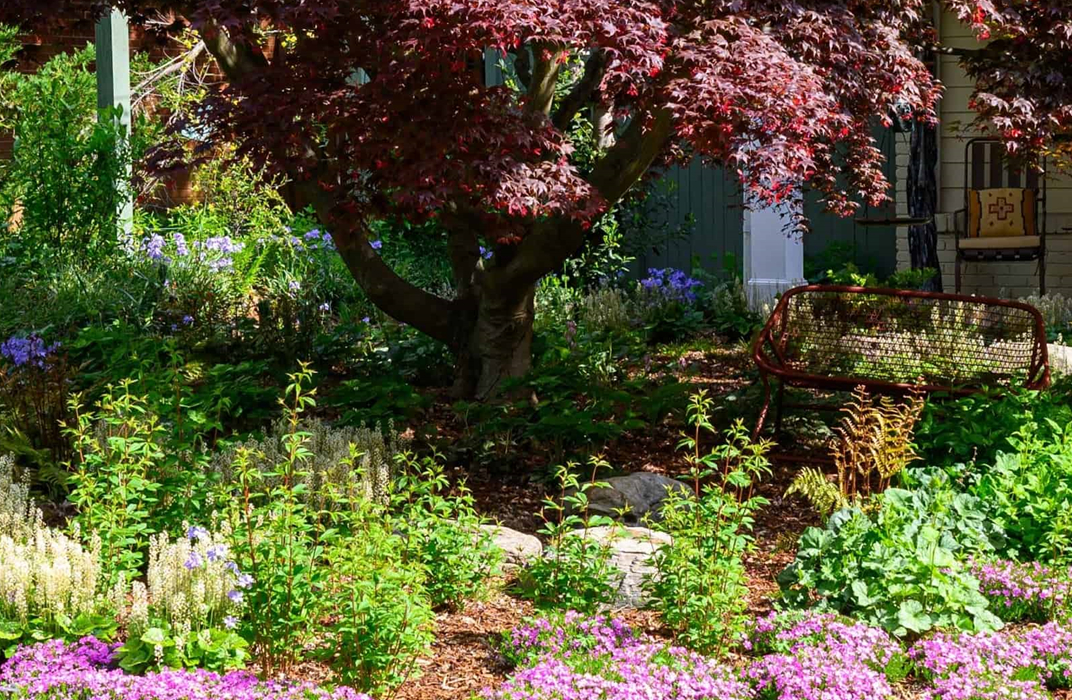Why Biodiversity Matters In Home Environments
Integrating a variety of plants into home gardens is one effective way to promote biodiversity. Diverse plant species attract different pollinators, such as bees and butterflies, which are essential for maintaining healthy ecosystems. Native plants are particularly valuable as they are adapted to local conditions and require less maintenance. By choosing a mix of flowering plants, shrubs, and trees, homeowners can create habitats that support various wildlife species while enhancing the beauty of their outdoor spaces.
Incorporating edible plants into gardens also promotes biodiversity. Growing fruits, vegetables, and herbs not only provides fresh produce but also encourages a diverse range of insects and microorganisms that contribute to soil health. Companion planting, where different plant species are grown together, can naturally deter pests and improve crop yields. This practice fosters a balanced ecosystem, reducing the need for chemical fertilizers and pesticides that can harm beneficial organisms.
Creating habitats for wildlife can further enhance biodiversity in home environments. Installing birdhouses, bee hotels, and bat boxes provides essential nesting sites for various species. These structures encourage wildlife to thrive in residential areas, promoting ecological balance. Water features such as ponds or birdbaths can attract amphibians and birds, contributing to a diverse and vibrant ecosystem.

Maintaining a healthy lawn with minimal chemical inputs supports biodiversity as well. Opting for organic lawn care practices helps protect beneficial insects and microorganisms in the soil. Allowing clover and other native plants to coexist with grass can enhance soil health and provide food for pollinators. Reducing lawn size and replacing it with native plant gardens can also decrease water usage and promote local wildlife.
Indoor biodiversity can be fostered through houseplants. Incorporating a variety of indoor plants not only improves air quality but also creates a more vibrant living space. Plants like spider plants, snake plants, and pothos are known for their air-purifying qualities. Additionally, having a range of plant species can create a calming environment, promoting mental well-being and reducing stress.
Engaging children in biodiversity-related activities at home can cultivate a sense of responsibility toward the environment. Simple projects like planting a small garden or observing local wildlife can spark interest in nature and its importance. Educational resources and activities can help children understand the role of biodiversity in ecological health and inspire them to take action in their communities.
Participating in local conservation efforts can further enhance biodiversity at home. Joining community gardening initiatives or supporting local wildlife organizations can help promote sustainable practices that benefit the environment. These activities foster a sense of community while contributing to the conservation of local ecosystems.
Embracing biodiversity in home environments is essential for promoting ecological health and resilience. By incorporating diverse plant species, creating habitats for wildlife, and engaging in sustainable practices, homeowners can contribute to a richer, more vibrant ecosystem. This commitment not only enhances the beauty and functionality of living spaces but also supports the overall health of the planet.




